Siem Reap
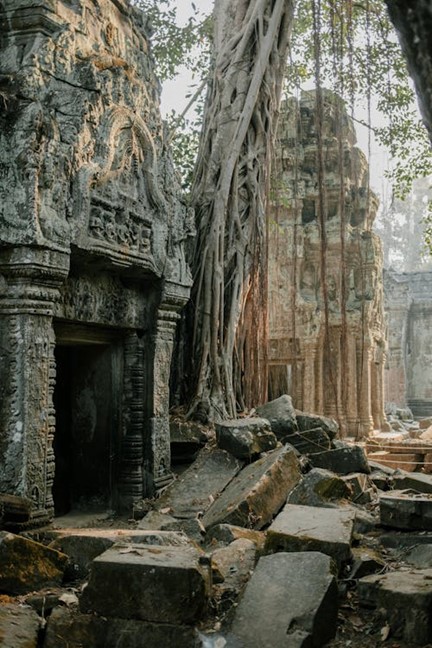
There was no way we would go on a month’s long trip to Southeast Asia and miss Siem Reap and the ruins of Angor. Angkor was the seat of the Khmer kingdom from the ninth to fifteenth centuries. It is also a UNESCO World Heritage site and well worth a detour if you are touring through any nearby countries. The sheer size of Angor is awe-inspiring.
Be prepared for a warm tropical climate if you travel in February as we did. Our flight was originally to Ho Ch Minh City in Vietnam where we spent a few days before hoping over to Siem Reap. Unfortunately, the airline lost our luggage for two weeks at the beginning of our trip, so we were stuck with winter gear in the stifling heat! Fortunately, we remembered Packing Tip #1: Pack a change of clothes in your backpack.
The hotel that we stayed in, the Borei Angkor Resort, was fabulous and highly recommended. It’s almost a destination itself and the lobby with its incredible staircases is quite beautiful. There was a wedding taking place one of the evenings we stayed there, and so by sitting outdoors at the restaurant, we were able to watch the goings on and particularly a staged play regarding legends of Siem Reap and performance dancing.
We didn’t get a lot of opportunities to meet the locals, but our guide was excellent. There is very much a language barrier here, so a few phrases in Kymer can really help. “Please” and “Thank you” go a long way in a foreign country. Also, we steered clear of any discussion about the government or politics, and we dressed respectfully and used “indoor voices” when at the historical sites.
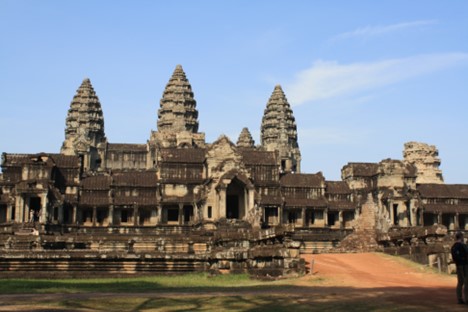
We were only visiting for two full days, so we made the most of it by opting for a full day tour of the Angor site on Day One. We began at Ta Prohm Temple, built beginning in 1186 and originally a monastery and Buddhist temple. This site is fascinating for the strangler fig trees that have overgrown the site and figure largely into the structures. This was also the filming site of the first of the Tomb Raider movies. Some pathways are accessible.
Next on to the Prasat Ta Keo, one of the first temples to be built of sandstone. Built by Jayavarman V, it was dedicated to Shiva. This is perhaps one of the lesser-known temples, which made for less tourists and equally stunning architecture.
The Angkor Wat religious complex was created during the Khmer Empire, which lasted from 802 to 1431. In their heyday, they controlled a great deal of land from Southern China to much of southeast Asia. It was a Hindu/Buddhism based group. With over a thousand buildings, this is one of the largest religious sites in the world and certainly one of the most culturally significant. Angor Wat has accessible parking, restrooms, ramps, entrances and pathways, however, some of the pathways are uneven.
Angor Thom is the name for the entire city that encompasses Angor Wat. As a sidenote here, it makes for a long day seeing as many temples in the complex as time allows. Be sure to find some shade for a periodic break and take plenty of water. Comfortable shoes are equally important as are a hat and sunscreen. Most of the surfaces are uneven and unpaved as are the steps, so watch your step or visit those sites you feel most comfortable with. Partially accessible with parking, restrooms, entrance and major pathways.
Next up was Bayon Temple, notable for the quantity of faces that appear on the exterior of the temple. The faces are meant to be modeled on that of Brahma, but it is said that it may also be the face of the king at the time of its building, King JJayavarman VII. It is the last temple to be built in the Kymer Arts style. It is an awesome sight to be sure of all the huge, serene faces. Here especially, watch your step particularly when taking photos. Limited accessibility.
We also stopped by the Terrace of Elephant, a platform with elephant ornamentation used for public viewings and the nearby Terrace of Leper King. Though the Leper King name is interesting, it is up for debate as to whether the Kings had leprosy or that this was a possible crematorium site.
The Angor National Museum was our next stop. It was nice to head into some shade and air conditioning after a busy morning of touring. The museum begins at the creation of Angor Wat and ends at the highest point of Khmer civilization and features several artifacts from the site. Allocate one-two hours at the museum depending on your level of interest. Museum is accessible with wheelchairs available.
And finally, the best for last, Angor Wat, the vast Hindu/Buddhist temple. Angor Wat was built by the King Suryavarman II around the year 1110 and took about thirty years to build.
Considered by some to be the eighth Wonder of the World due to its architectural and cultural significance, I can testify that it is truly something to see. Even after a hot day in the sun, it takes your breath away. Totally, exhausted by the heat and the sheer amount of history here, we headed back to the hotel for some rest.
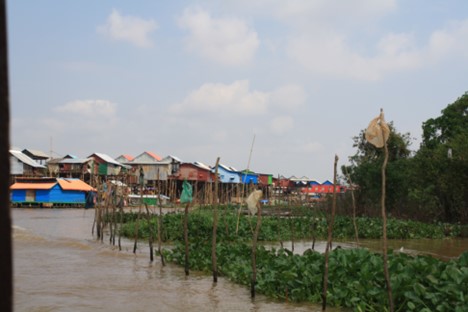
Next morning, we headed out for a tour of Kampong Khleang and Tonle Sap Lake. We took a leisurely two-hour boat ride to the lake. The village is built on stilts and is a nice departure from the more populated cities and tourist track. Not accessible.
On the way back we stopped at another temple, Beng Mealea. Mostly in ruins now, it was once an important Hindu temple. It was nice to slow down a bit on the second day and be able to relax and hear the incredible history of this area once again. Not generally accessible.
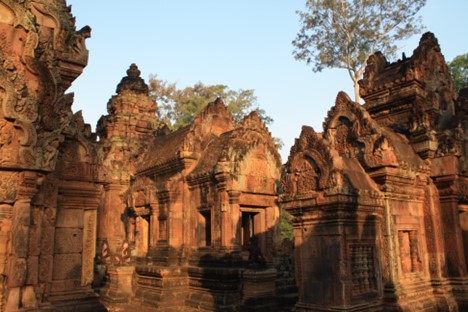
On the final morning of our stay, we visited one of our favorites, Banteay Srei temple. We got up early to see it at sunrise, which was totally worth it. The stone temple is of a unique pinkish color to begin with, which is only made more beautiful by the sunrise. Originally built as a temple to Shiva and Parvati, it is a smaller temple, but one of the most complete with fantastic intact stone carvings. We also had breakfast there at a nearby restaurant which was very nice, though it didn’t have a view of the temple. Not generally accessible, however, there are provisions for the visually impaired.
An interesting aside…At this restaurant, I had finally asked about a small house, mounted on a post at the side of the restaurant with what appeared to be offerings. I found out that this is a Spirit House, that is possessed by the god of the property. Offerings are made to the property god to insure prosperity. We saw these at most businesses in Thailand when we traveled there later in the trip.
It would’ve been nice to have added a trip to Phnom Penh, but we had to get back to Vietnam to continue onward as we had only planned for a four week visit this time around.
Where we stayed: Borei Angkor Resort, breakfast included. Lovely hotel with restaurant on-site. The resort has accessible rooms and common areas.
How we got there: Flew from Ho Chi Minh City in Vietnam to Siem Reap then private transfer to hotel.This was part of a four-week private tour through Southeast Asia, touring Vietnam, Cambodia, Laos and Thailand.
General Accessibility Information: See notes above. Cambodia is generally not accessible.Call in advance to verify and make specialty arrangements.However, see our sections on specialty apps and accessible travel for more on accessibility assistance.

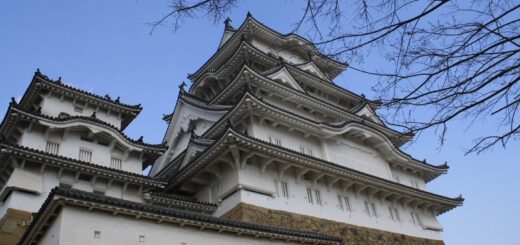
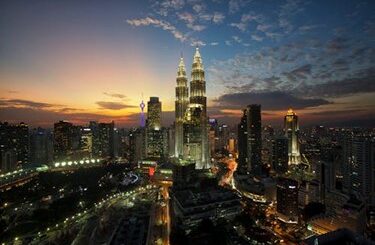
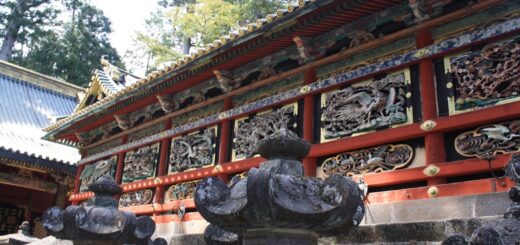
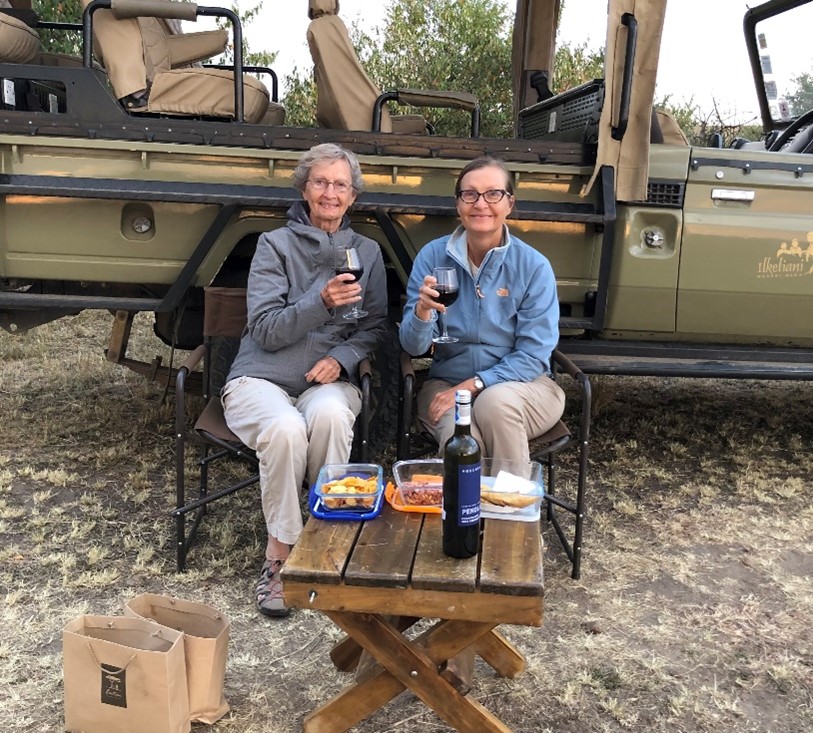
I enjoy the efforts you have put in this, thanks for all the great posts.